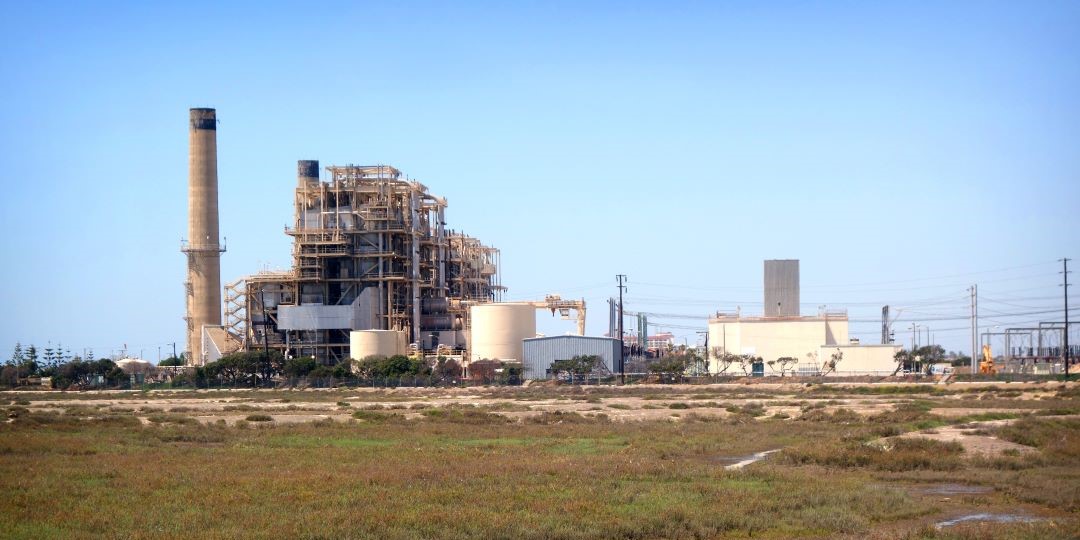Data from regional transmission organization (RTO) PJM Interconnection shows about 630 MW of power generation will be taken offline in the grid operator’s territory in April, with more than 3,600 MW scheduled to be retired this year, according to the organization’s website. This month’s deactivations are scheduled to begin April 16.
Last week, Ohio power company FirstEnergy said its competitive arm would close four uneconomic nuclear units in PJM with generation capacity of 4 GW by year-end 2021. Then over the weekend, FirstEnergy’s coal and nuclear generation divisions filed for Chapter 11 bankruptcy protection.
FirstEnergy Solutions (FES), FirstEnergy’s power plant subsidiary, on March 29 wrote a letter to Department of Energy (DOE) Secretary Rick Perry, asking Perry to “find that an emergency condition exists” in PJM, and wanting the grid operator to compensate coal and nuclear plants in the RTO for their “fuel security and diversity” benefits—akin to the outline of the DOE’s “Grid Resiliency Pricing Rule” proffered last fall that directed the Federal Energy Regulatory Commission (FERC) to require that independent system operators (ISOs) and RTOs “establish just and reasonable rates for wholesale electricity sales” for power plants that show “reliability and resiliency attributes.”
Despite the FirstEnergy announcements, and the retirement of more than 160 MW in PJM thus far this year, “PJM can state without reservation there is no immediate threat to system reliability,” Vincent Duane, senior vice president and general counsel for PJM, wrote in a March 30 response to the DOE. “Indeed, the FES units that announced their expected retirement … by their own disclosures, will remain operational in most cases until through May 2021.”
Duane, in his response to DOE chief Perry, wrote that future power plant closings are not the kind of emergency that framers of the Federal Power Act had in mind. He said PJM over the next month will look at the grid impact of any FirstEnergy closings, in accordance with FERC protocols.
FES on March 28 said it will close the 908-MW Davis-Besse Nuclear Power Station in Oak Harbor, Ohio, by 2020; the twin-unit 1,872-MW Beaver Valley Power Station in Shippingport, Pennsylvania, in 2021; and the 1,268-MW Perry Nuclear Power Plant in Perry, Ohio, in 2021.
“The two-year-plus lead time is needed to make the complex preparations for a potential plant deactivation, including preparing a detailed decommissioning plan and working with the [Nuclear Regulatory Commission] to amend plant licenses,” the company said in a statement e-mailed to POWER on March 29. FES said the plants would operate as normal while the company seeks relief through legislative initiatives. It also said it would seek buyers for the plants as an alternative.
PJM’s Duane last week said if the group’s analysis shows the mass of retirements would threaten grid stability, the RTO could offer FES “full cost of service compensation” to keep the nuclear plants open, noting that would only occur until new transmission lines are available to import electricity from other areas.
According to PJM, about 493 MW of natural gas-fired generation and 138 MW of coal-fired generation are scheduled to go offline this month. Another 161 MW of generation in PJM has been retired this year, mostly fuel oil generation.
Retirements this month include two units at the natural gas-fired Bremo Power Station in Bremo Bluff, Virginia, which Dominion Energy earlier this year said were “less efficient and rarely used.” The company said the Bremo units operated at net capacity factors below 19% in 2017.
The units, with generation capacities of 71 MW and 156 MW, burned coal when they began operation in the 1950s and were converted to natural gas in 2014. Dan Genest, a Dominion spokesman, in January said the plant would be put “into cold reserve. We’re going to take all the fluids out of it, and make it environmentally safe.”
Dominion also is putting the 267-MW combined cycle Bellemeade plant near Richmond, Virginia, into cold reserve this month. Bremo and Bellemeade are among five Dominion power stations where the company said units would be taken offline this year. Other plants affected are the 138-MW, two-unit coal-fired Mecklenburg plant in Clarksville, Virginia; the 1,640-MW Chesterfield Power Station in Chester, Virginia, which has four coal-fired and two natural gas-fired units; and the 1,661-MW natural gas- and oil-fired Possum Point Power Station in Dumfries, Virginia, which has two natural gas-fired units, one oil-fired unit, and one unit powered by natural gas and oil. Dominion in January said some units at Chesterfield and Possum Point would go into cold reserve in December 2018, and others will continue to run.
PJM has said its data shows 3,446 MW of coal-fired power will be taken offline through the rest of 2018, along with 1,424 MW of natural gas-fired generation and 308 MW of nuclear power. The RTO said the closings for all of 2018 across PJM represent a 173% increase over the 2,084 MW of generation retired in 2017.
PJM also said it will add generation capacity this month, including 75 MW of natural gas from the Kelson Ridge plant in Waldorf, Maryland; 72 MW of solar from the Hopewell-Surry farm in Disputanta, Virginia; 24 MW from the Locust Grove-Paytes solar farm in Orange County, Virginia; and 2 MW from a storage facility in Minster, Ohio.
—Darrell Proctor is a POWER associate editor (@DarrellProctor1, @POWERmagazine).











